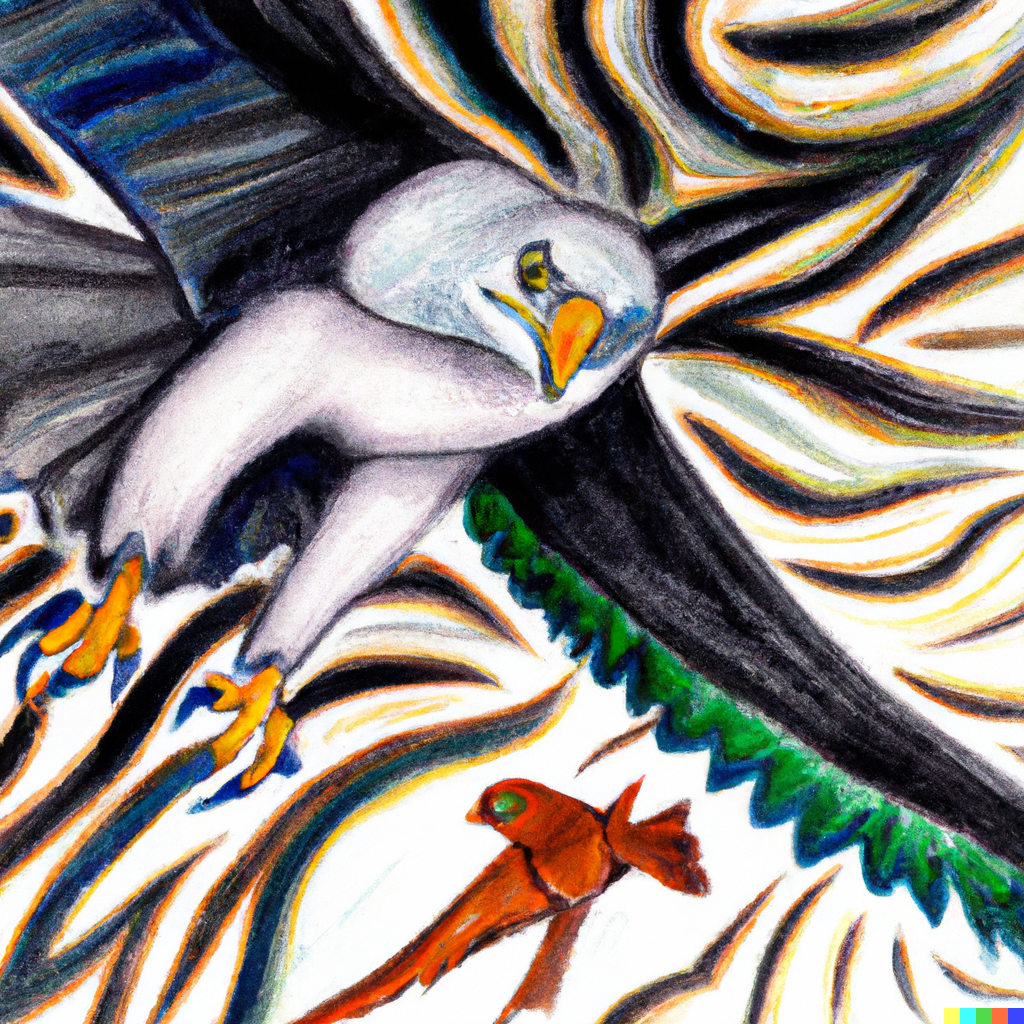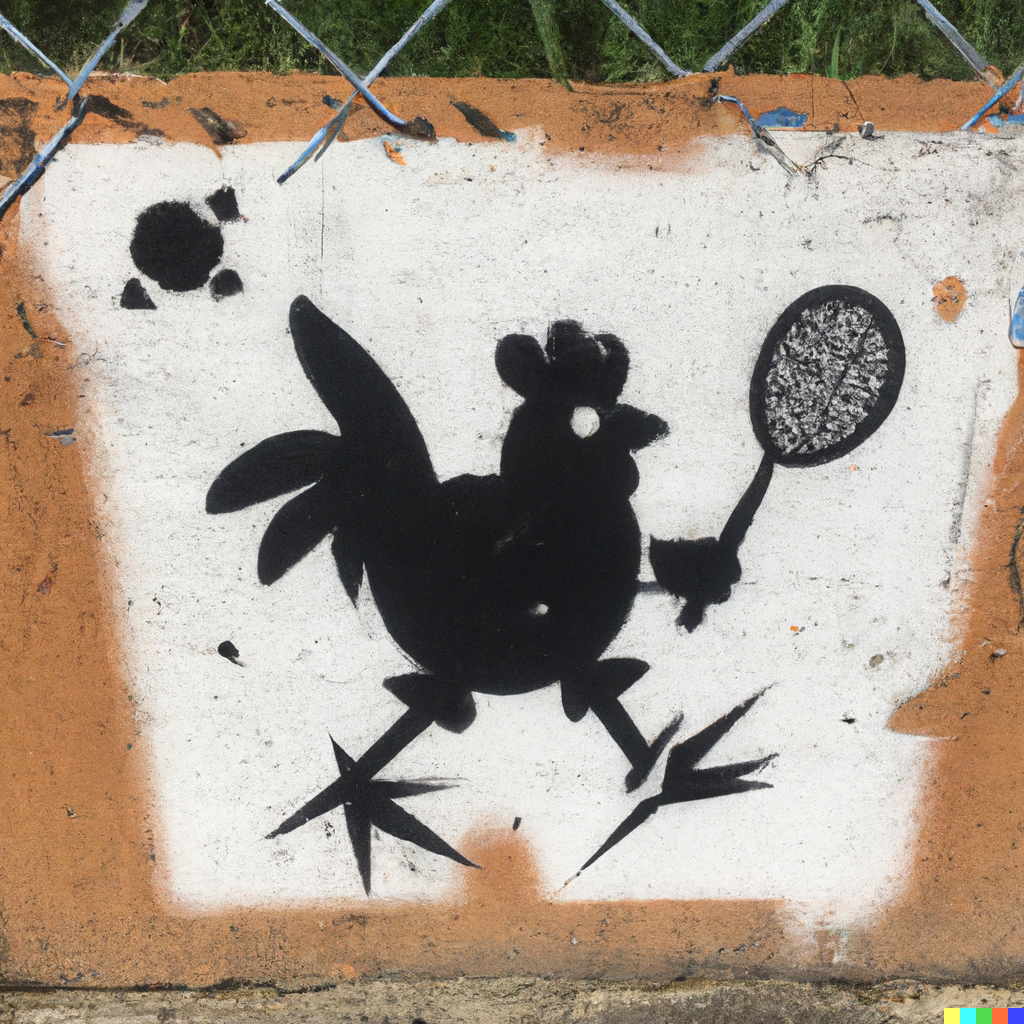Something Old.
Cat Stevens’ ‘Tea for the Tillerman’ was the fourth studio album from the songwriter, released in November 1970. This was the album that gained Stevens a global audience and mega-hits. When I decided to write this piece, I listened through the old album (something old….see what I did there?) and I felt like I knew the songs well. This was a little disconcerting because I have never been a huge fan of Stevens’ music. Even when you factor in the radio play of the old hit singles (everyone knows ‘Father and Son’) I couldn’t figure out why I recognised all the songs, the tunes the lyrics – so well. And then it hit me.
When I was at university 13 years ago, I shared a house with a guy who did two things all day – he played tennis and listened to Cat Stevens. This album was seared into my unconscious memory thanks to Room-Mate-Rowan. This is for you Rowan – where ever you are I hope the racket strings are holding up well. And I hope your musical taste has diversified!…..but i digress.
Listening back on the album today, its simplicity of tune and depth of message is as clear as ever. With sensitivity and poignant songs on pressing issues of the time – diverse topics such as spirituality, family, gender – it is easy to see the linkages and the lineage of Stevens to more modern artists such as Coldplay, James Blunt, or Luka Bloom.
On the downside – Stevens had a less soothing vocal tone than someone like James Taylor. Listening through the album all the way is sometimes a little laboured and slow. The production on ‘Tea For the Tillerman’ is also a little flat and monotonous. Stevens was at his best when roused to stretch his voice and give us some volume – Some dynamism to his singing. See ‘Miles From Nowhere’ for example.
The hits remain truly great songs though. Fine structure, melody and a searching for spiritual clarity resulted in such radio friendly songs as ‘Father and Son’, ‘I Might Die Tonight’ and ‘On The Way To Find Out’.
Once he found his devotion to Islam, Stevens changed his name and quit the music business – the newly named Yusuf Islam stopped making music for a long time. Until now.
Something New.
Flash forward to September 2020 and Yusuf Islam is back making music. Yusuf has reimagined the album as ‘Tea For The Tillerman2‘.
The old songs are given new life through the singer’s more weary voice and the new production. The reimagined songs highlight a love of the blues and North African influences. Some of the bluesy modifications are simply inspired – for example see the lead guitar on ‘Hard Headed Woman’ and the slide on ‘Miles From Nowhere’. ‘Wild World’ swings delightfully and on ‘Father And Son’ Yusuf sings with his younger recorded self to dramatic effect.
This is a new take on a classic which is well worth visiting. Even if you didn’t have Room-Mate-Rowan as a Cat Stevens drill sergeant in your impressionable university years, you’ll likely relate to both of the album versions well. The original album was so solid that Yusuf is able to use it as a fine launching pad to express himself today. I’m a fan of the new version over the older one. Listening to the two in close succession is fascinating and well worth the effort, as is looking up the new eco-themed music videos (simply beautiful animation) and album cover modification.





